Source : Pixabay
The sheer number of vein diseases that affect human beings will make your head spin. From blood clots, deep vein thrombosis, varicose veins, ulcers, the list is endless. Owing to how important veins are in the body, you cannot afford to downplay any complication that afflicts the vein. When the ability of blood to move around the body is compromised that is basically a death sentence. Maintaining the health of your veins is vital.
This blog is about creating awareness on all the complications of the veins, their causes and the best way to deal with them. For the most part, you may be having one of the diseases described here without knowing. By the end of this, you will be able to tell if something is wrong with you blood vessel system.
Table of Contents
Complications of the Veins
As earlier mentioned, vein diseases are many and are caused by various factors. Most can be treated while others can turn fatal pretty quickly. The following are some of the most common vein complications you may encounter with time.
Raynaud’s Syndrome
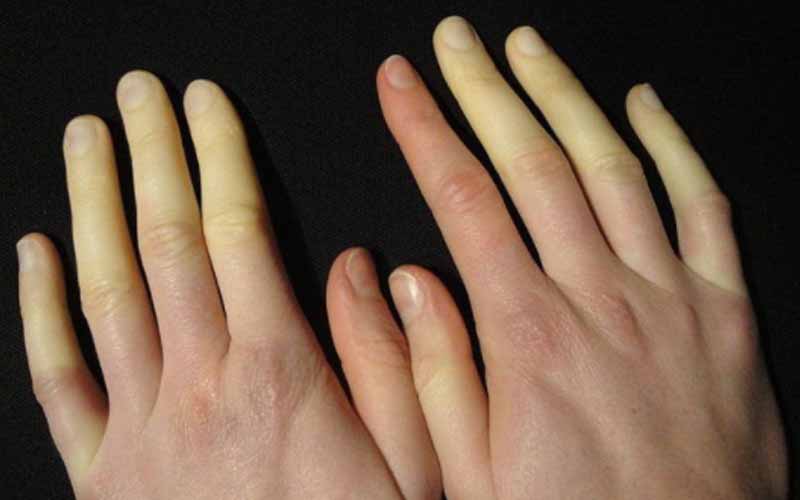
Sometimes when you are exposed to extreme cold or stress, the small arteries of the fingers and toes develop spasms. These spasms interfere with the distribution of blood in those areas which leads to the fingers turning white or bluish. Most times, the presence of Raynaud’s Syndrome is an indicator of other underlying issues like scleroderma, lupus, or rheumatoid arthritis.
Treatment
Raynaud’s syndrome can be managed by dressing for the cold. People suffering from the condition are advised to wear warm clothes like heavy socks and gloves for mild symptoms. For severe cases, there are medications like calcium channel blockers and vasodilators that relax and open the blood vessels in the hands and feet. For the more extreme cases, nerve surgery may be the only way out.
Buerger's Disease

This is a disease that attacks the smaller and medium-sized arteries in the body whose cause is yet to be established. The arteries in the arms and legs become narrow or in some cases get blocked which cuts off the supply of blood to the extreme ends of the limbs. This leads to a lot of pain in the arms and the legs even when the patient is at rest. In the most extreme cases, this condition leads to gangrene.
Treatment
Although the exact cause of Buerger’s disease is not yet known, it has been linked to smoking. The first step in managing the condition is for the patient to stop smoking in the first place. Aside from that, other treatment options on the table include the administration of vasodilators to improve blood flow, spinal cord stimulation, and the intermittent compression of the limbs to increase the flow of blood to the extreme ends.
The most severe cases of Buerger’s disease can only be stopped with an amputation.
Peripheral Venous Disease
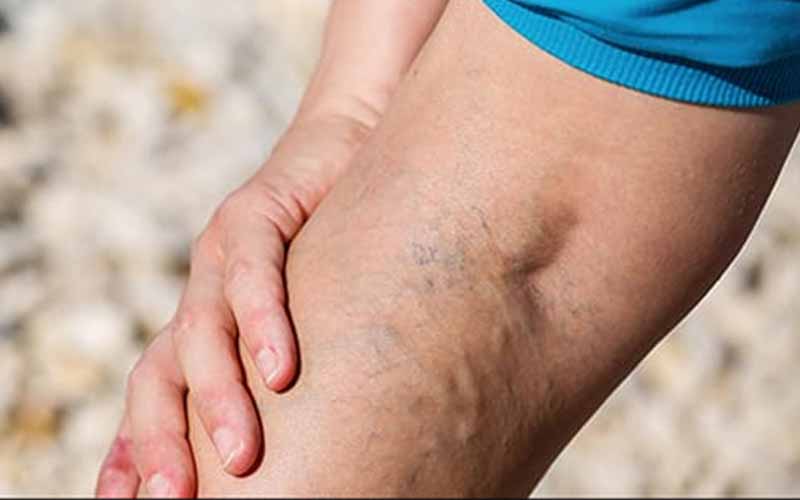
This is a condition of the vein which affects the valves that control the flow of blood through the vessels. Once they are damaged, blood starts flowing in the opposite direction making the valves unable to hold the blood back. This can lead to the pooling of blood which leads to veins swelling, causing a lot of pain. With time, the blood starts forming clots leading to feelings of heaviness, pain, and skin changes.
Treatment
Mild cases of the peripheral venous disease usually clear itself up once the veins self-heal. Patients are usually advised to take part in physical exercises and spending time elevating the areas that are having problems. Anticoagulant therapy, angioplasty, and sclerotherapy are the other options that can be used if the situation deteriorates. For extreme cases, surgery would be the only option.
Peripheral Arterial Disease

Peripheral arterial disease, commonly known as PAD, is a condition that makes arteries in the legs and arms narrow leading to less blood making its way to the lower leg area. With less blood reaching the muscles, patients experience pain when walking or even at times when they are resting. The main cause of the condition is high cholesterol, diabetes, high blood pressure, and smoking.
Treatment
Dealing with high cholesterol levels in the body is one way of dealing with PVD. Patients are usually put on cholesterol-lowering medications while at the same time advised to keep track of their high blood pressure. For extreme cases, surgery and angioplasty may be needed to reverse the condition although they come with their own risks.
Varicose Veins

This is the most widely known condition that leads to veins bulging, swelling, and turning purple with a ropy look all over the skin. The reason for this is usually damaged veins that are unable to transport blood efficiently and are more common in women. Some of the causes include standing for too long, being overweight, or simply being pregnant.
Treatment
Varicose veins are not that severe and can be managed at home without any medical assistance. If you happen to suffer from this disease you are advised to exercise as much as you can to bring down the body weight and reduce the strain on your lower limbs. Elevating the legs every chance you get is also another great way of dealing with it. You can also use compression stockings. If the condition becomes severe then laser therapy and endoscopic vein surgery are some of the options left open for you.
Blood Clots

Blood clots should never be ignored as they are more dangerous than what many people make them out to be. They are small clogs of solidified blood that form in the blood vessels that lead to blocking the efficient flow of blood around the body. Causes of blood clots are many, some are congenital while some are caused by some unhealthy lifestyle habits, like smoking.
Treatment
The most effective counter to blood clots is the use of anticoagulant medications like unfractionated heparin, warfarin, among many others. Other options for mild blood clots would be using blood thinners which can either be injected directly into the blood or ingested in the form of pills. For the more severe type of blood clot called deep vein thrombosis, clot busters will have to do, they are special drugs that break up clots very quickly.
Lymphedema

This is the abnormal buildup of fluid in the lymphatic system which leads to swelling in the arms and the legs. It develops when lymph vessels are either missing, damaged, or completely removed. There are two types of lymphedema. The first one, primary lymphedema is the type that occurs from birth when certain lymph vessels are missing. Secondary lymphedema is caused by a blockage within the lymphatic system.
Treatment
Lymphedema can be managed through regular exercises especially when you focus on the affected leg or arm. Wrapping up the affected leg or arm in bandages also stimulates the lymph fluid to flow back to the body, making sure the bandage is tight around the fingers and toes. massages, pneumatic compression, and complete decongestive therapy are some of the other treatments that are effective against lymphedema.
Venous Ulcers

This is a type of vein condition that is caused when the valves in the blood vessels are damaged, It especially occurs heavily in the legs. These valves are very important as they regulate the blood pressure in the lower areas of the body as you walk. Once they are damaged, the blood pressure in the legs increases leading to a condition called sustained venous hypertension which leads to the formation of ulcers in the ankle areas.
Treatment
Managing venous ulcers has a lot to do with lifestyle habits than medication. Anyone suffering from this will have to cut down on smoking, they would also need to work on their weight to reduce the strain on their legs and at the same time, they will have to properly take care of the ulcers once they manifest on the skin.
The Benefits of Healthy a Vein Condition

Blood is the most important thing in the human body. It is what transports food and oxygen around the body while at the same time, it is the medium that rids the body of toxins and waste. Without it, we would not function. It is therefore paramount that blood vessels, especially veins, remain healthy and in tiptop condition at all times. The following are reasons why having healthy veins is beneficial to the body.
Blood Vessels Become Elastic
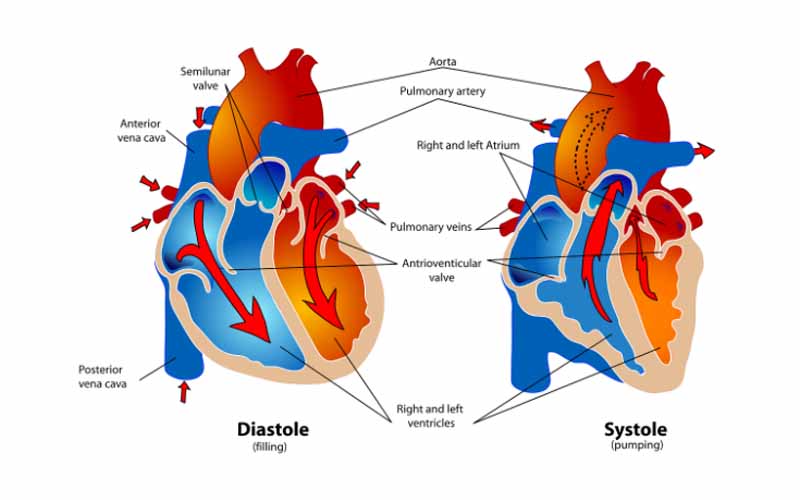
In a single lifetime, the human blood vessels carry more than a million barrels of blood. In a single day, the human heart pumps about 1800 gallons of blood. To be able to pull this off, the veins and other blood vessels have to be up to the task. When you have healthy veins, they become more elastic enough to handle this amount of blood without failing.
Normal Blood Pressure Can be Maintained

One of the biggest causes of hypertension is the constriction of blood vessels which is a symptom of unhealthy veins and arteries. Since the heart pumps the blood at high pressures, the veins have to be healthy enough to handle that kind of pressure. Only healthy veins can be able to match the heart’s rhythm and be able to enable the smooth flow of blood around the body. Once they become compromised then the risk of suffering from high blood pressure becomes extremely high.
It Promotes Cardiovascular Health

All blood vessels work as a team in tandem with the heart to ensure that blood flows without any interruption around the body. When an artery or vein is damaged, no matter how small they may be, the whole system is at risk of suffering a malfunction. This is how cardiovascular complications are triggered. Healthy veins and other blood vessels mean that the heart can work at its optimum condition at all times.
It Boosts Immunity
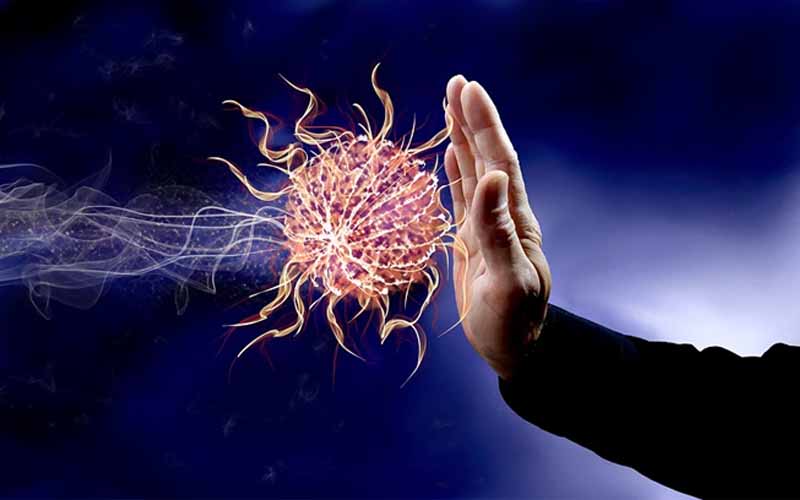
Healthy veins can transport blood efficiently around the body, this replenishes nutrients and oxygen to cells located in all parts of the body while at the same time, they take care of all waste in the body. This efficient transition from delivering nutrients and oxygen and getting rid of waste ensures that the body functions without any hitch. When the body gets the nutrients it needs on time it can have the energy to fight off diseases and physical injuries.
It is Good for the Kidneys
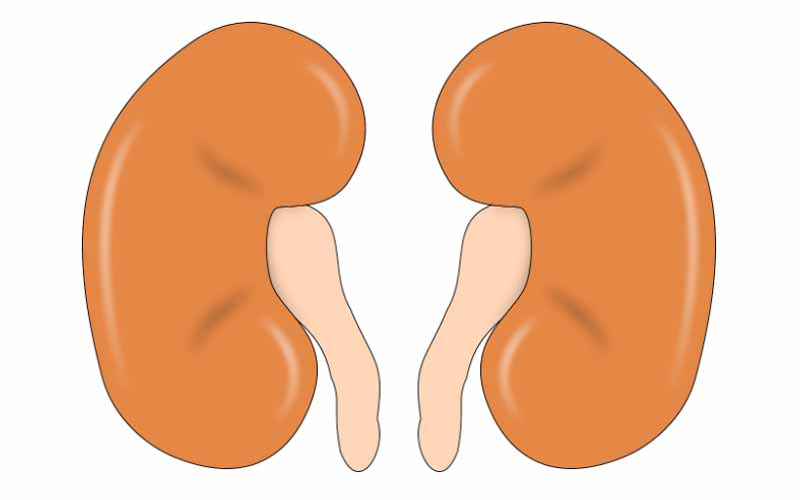
Kidneys handle most of the waste disposal work in the body, built to be able to do this properly, they need to be supplied with the right amount of nutrients while at the same time, all the waste from other parts of the body has to be delivered to them in time also. Failure on the part of the blood vessels to execute these two functions will lead to the kidneys developing complications that impact their roles which in turn affects the whole body.
Factors that Affect our Veins
Aside from diseases, there are some factors that affect veins in the body in ways that alter how they function and how they appear. Some of the main ones include the following.
Age

As is the case with the human body, as one advances in age, many parts of the body start performing below their optimum level. Blood vessels like veins are no exception to that rule. You are most likely to develop vein complications in the later stages of life compared to developing the same when you are younger. As you age, the walls of the veins become thinner and prone to damage and there is very little that can be done to reverse that since it is natural.
Genetics

You stand a higher risk of having venous diseases if you are born into a family with a historical predisposition of venous complications. Conditions like varicose veins have been found to occur in people whose parents also suffered from the same. The same applies if you are born of parents with high immunity and tolerance, those traits will most likely be passed down to you.
Gender

Women are more likely to develop venous diseases than men, the probability factor is about three to one. The situation is actually exacerbated by pregnancy for instance. Due to the many hormones involved during pregnancy, veins undergo a lot of changes within a short time which makes women more vulnerable to blood vessel issues.
Obesity

Obesity is a big factor in many human diseases, from diabetes to hypertension and even vein related complications. Obesity creates a strain on the heart by forcing it to pump at a much higher pressure to be able to sufficiently supply the whole body with blood. This creates a strain on blood vessels which leads to lots of complications. Obesity also constricts veins making them too narrow for the smooth passage of blood leading to high blood pressure.
Diet and Lifestyle Habits
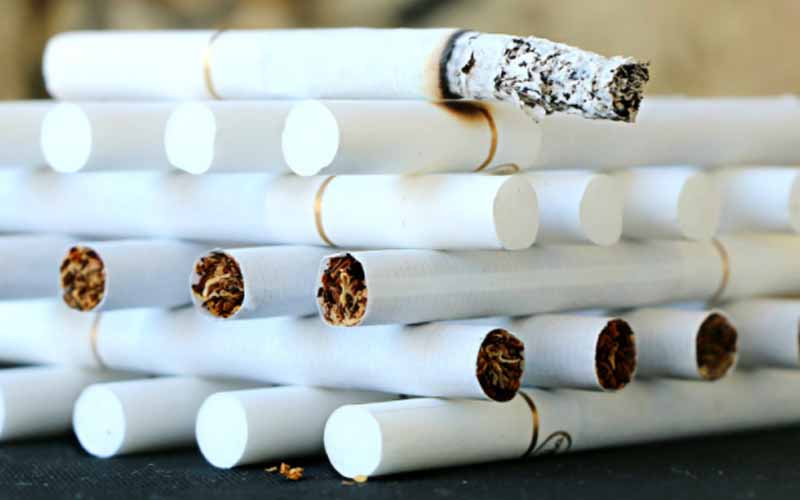
What we eat also determines the health of our veins. Foods that increase body weight are not good for the veins. Cigarette smoking and alcohol are also bad for the blood vessels. Alcohol, in particular, is absorbed directly into the blood which leads to extreme vasodilation that can cause a steep drop in blood pressure below the normal levels, this could be fatal. Always engage in exercise to boost the strength of your blood vessels.
Signs that Your Veins are not Healthy

There are tell-tale signs that you can use to determine whether you have healthy veins or you are grappling with venous diseases you have not felt yet. Some of the signs you need to be on the lookout for include the following
Hypertension: High blood pressure is a sure sign that your veins are under immense strain to pump blood. This could be as a result of blood clots or cholesterol narrowing down the blood vessels. Once you start experiencing bouts of high blood pressure, ask your doctor to also check for any venomous diseases while they are at it.
Pain and Heaviness: Most venous diseases affect legs and arms. Pain is one of the surest symptoms of vein related complications since blood vessels are intertwined with nerves. If you feel heaviness in your legs and arms then that is a sign that there is an underlying vein problem developing slowly.
Skin Changes: The human skin is supplied with a lot of blood vessels, therefore, the skin is the first thing you need to look at if you suspect any venous disease. Skin discoloration or a tinge of blue and purple is a sign that blood vessels in the epidermal layer have been damaged and need attention immediately.
Swelling of Ankles and Legs: The moment your lower limbs start showing signs of swelling without any physical injury involved then you should get medical help immediately. Swollen legs are signs of damaged blood vessels, vein valves especially since they stop blood from flowing back and pooling at the bottom due to gravity.
Pain: Whenever you feel pain and discomfort increase significantly every time you are on your feet then that’s an indicator of varicose veins developing. The stress damaged veins experience triggers sharp pains in the legs if you stay on your feet for long, only to subside once you sit down and relax the legs.
How to Maintain Good Vein Health
The general health of the body is tied to the health of the blood vessels since they are practically the oil that runs the whole body. Therefore, to ensure those blood vessels are always in good condition, there are things you have to do and they include the following.
Avoid Too Much Heat

Getting a good dose of Vitamin D might be good but you may need to limit the amount of time you expose yourself to direct sunlight. Heat leads to veins swelling and expanding and this could lead to blood pooling in some parts of the body. Spending too much time in a hot bath is also discouraged.
Hydrate
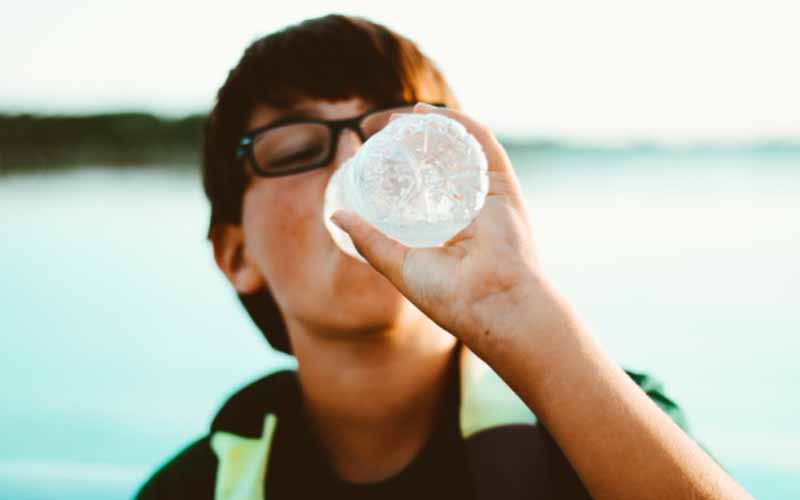
The density of the blood becomes thinner and more manageable when you properly hydrate, this gives veins and arteries an easier work transporting the blood as they do not need to exert too much pressure in the process. Dehydration is one of the factors that contribute to blood clots, therefore, drink as much water as you can when you can.
Monitor your Blood Pressure

Hypertension is caused by many factors, but one of the body organs that suffer the most are the blood vessels. When the blood pressure is too high, the heart and veins are forced to exert more energy to move the blood around the body, this is risky since some veins may get damaged in the process leading to more dangerous issues. Always keep a home kit BP monitor to keep track of your blood pressure at times.
Eat Healthily

It has already been established that fatty and sugary foods are not good for the body. Fats may clog up the blood vessels, making them too narrow for blood to pass through efficiently. Sugary foods trigger the production of low-density lipoproteins which stick to the vein walls when oxidized leading to a buildup of plaque which blocks blood ways.
Healthy foods rich in natural sugars like fruits are highly recommended, green vegetables like broccoli, kales, and spinach have a good amount of vitamins that strengthen veins helping them withstand blood pressure. Be on the lookout for any food containing BPA.
Exercise Regularly

There is nothing that a good exercise cannot mend in the body. Keeping your body fit at all times is the best thing you can ever do as it gives you the immunity boost that will keep any minor issues at bay. A simple jog or walk around your residential area makes your muscles get used to expanding and contracting which trains your veins to handle any level of stress when the time comes.
Check-In with Your Doctor

Thanks to advanced medical technologies, you do not need to physically visit your physician to get a check-up, you can teleconference with them from the comfort of your own house and get things done. When it comes to the health of your veins, no issue is ever too small. The moment you notice something that feels off then get in touch with your doctor as frequently as you can. It is always much easier to deal with diseases when they are caught in their infancy.
Conclusion
It is evident that venous diseases can wreck your body to levels that can render you immobile. The need to maintain good vein health has never been this urgent. As obesity cases around the world skyrocket due to the prevalence of unhealthy foods, cases of venous diseases are increasing alarmingly. To avoid being another statistic, eat healthily, and exercise regularly. Give your body the chance to fight for itself.



